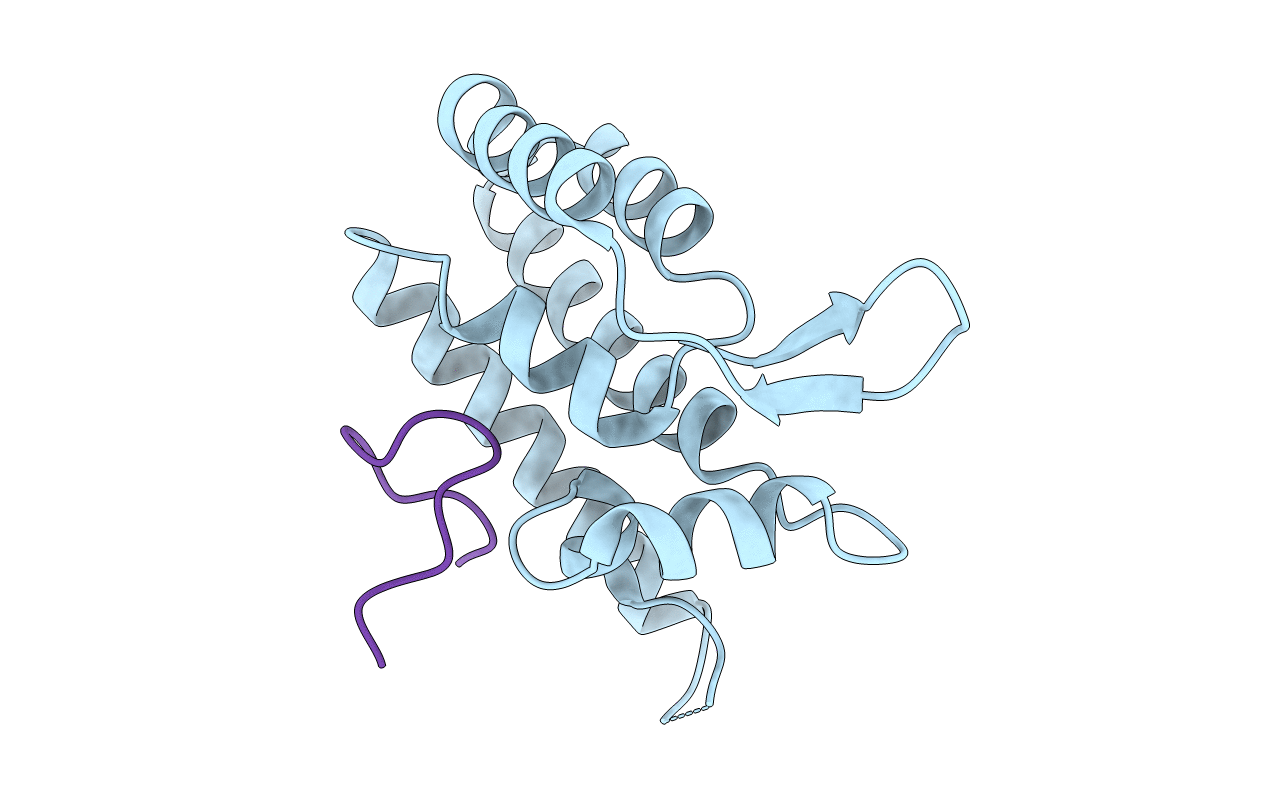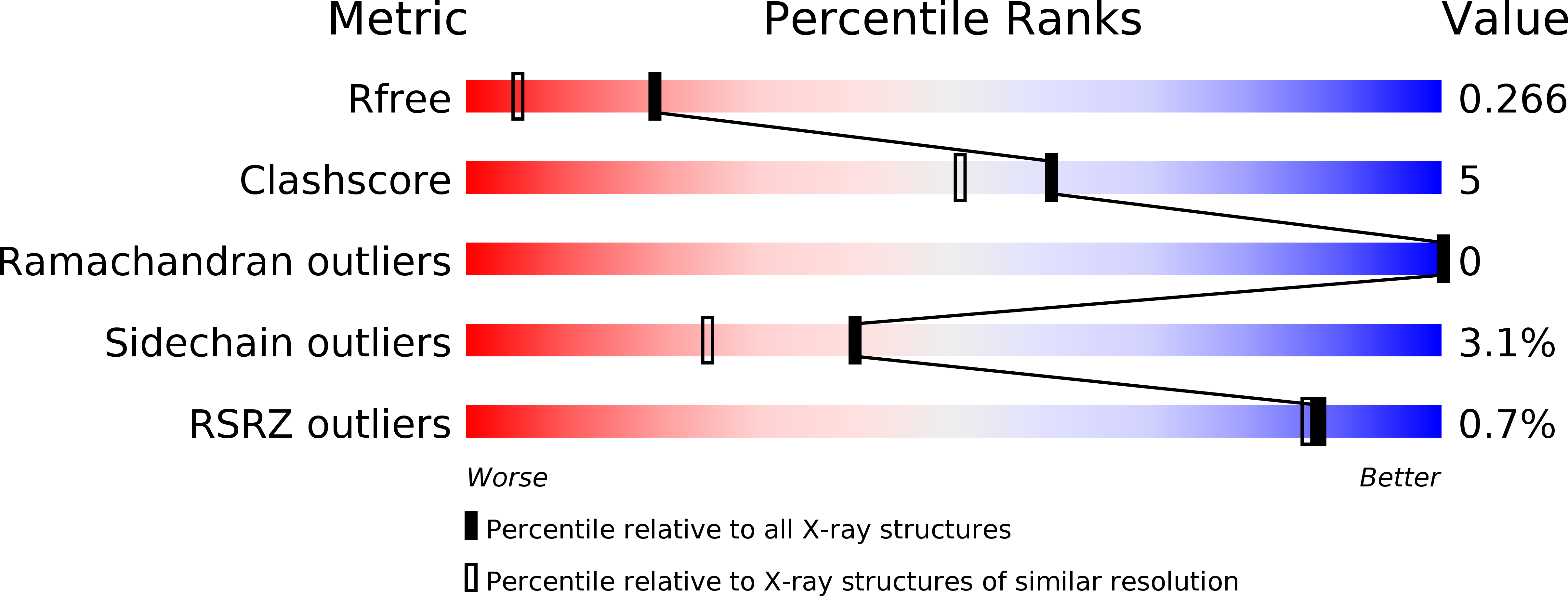
Deposition Date
2012-07-31
Release Date
2012-09-19
Last Version Date
2023-12-20
Entry Detail
PDB ID:
4B4N
Keywords:
Title:
CPSF6 defines a conserved capsid interface that modulates HIV-1 replication
Biological Source:
Source Organism:
HUMAN IMMUNODEFICIENCY VIRUS 1 (Taxon ID: 11676)
HOMO SAPIENS (Taxon ID: 9606)
HOMO SAPIENS (Taxon ID: 9606)
Host Organism:
Method Details:
Experimental Method:
Resolution:
1.81 Å
R-Value Free:
0.27
R-Value Work:
0.18
R-Value Observed:
0.19
Space Group:
P 21 21 21


